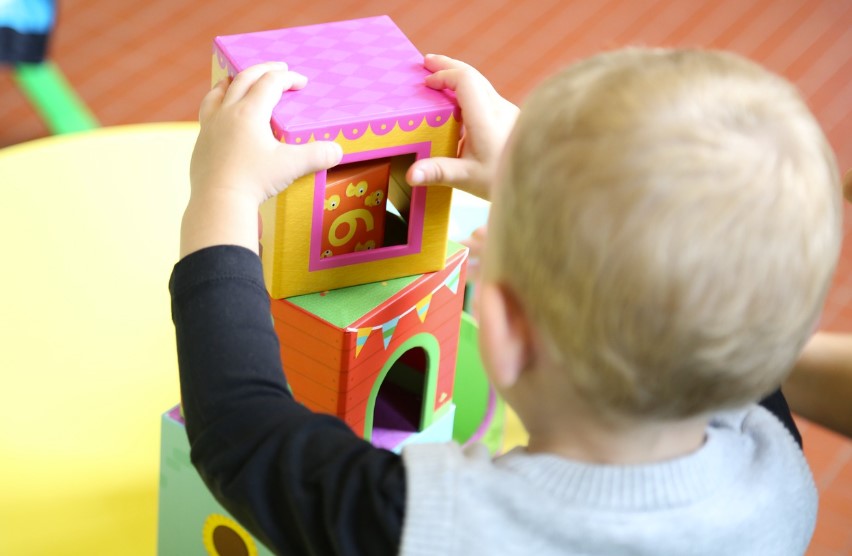Learning by Playing: The Secret Sauce Behind Smart Kids

We tend to think of play as the thing kids do when they’re not learning. But, that’s missing the whole point. The classroom, the whiteboard, the worksheets, they’ve all got their place. But if you want to know where kids are really soaking things up like little sponges, it’s often while they’re elbow-deep in LEGO, dressing up as astronauts, or turning the living room into a pirate ship.
Building Brains Without the Pressure
One of the sneaky-good things about play is how it teaches kids without them even realising it. When you remove the pressure to get it right or do it properly, kids go all-in. They test ideas, mess up, and try again. A simple game of building towers might not look like much, but at that moment, they’re learning about balance, cause and effect, and even early engineering principles.
If you tried to teach kids that from a book, you’d lose them in five minutes. But through play, they stay in it, they stay curious, and most importantly, they stay confident.
Language Grows When Imagination Takes Over
It’s a wild thing to watch kids playing make-believe and suddenly coming up with full-blown dialogue like they’re acting in a drama. Play pulls language out of them in a way that feels natural. They pick up new words by mimicking adults, copying what they’ve heard on TV, or just making it up as they go.
When a kid says something like “You have to pay your taxes before you ride the dragon,” you’re not just witnessing chaos. You’re watching their vocabulary stretch and morph into something richer. They’re learning tone, expression, and the rhythm of conversation, all while pretending to be a wizard.
Social Skills Are Baked Into Every Game
Put a few kids together and watch what happens. Rules are invented, alliances are formed, and roles are negotiated. Even the shy ones eventually jump in because play has this magnetic pull. This is why enrolling your child in an early learning centre could make all the difference. Playing with other children daily teaches them how to read emotions, take turns, and be fair.
They also learn that sometimes you lead, sometimes you follow. And when it all falls apart, which it often does, they learn how to make up, apologise, or walk away with their dignity mostly intact. You could try teaching that in a lesson plan, but play just does it better.
Problem Solving Starts in the Sandbox
You see two kids fighting over the same toy, and yeah, it looks like drama. But there’s gold in that moment. They’re figuring out how to negotiate, how to share, when to stand their ground, and when to walk away. It’s social problem solving on the fly.
Or maybe they’ve built a cardboard house and it keeps falling apart, so they try tape, then glue, then maybe a support beam made of pencils. These are tiny moments, but they’re learning persistence, creativity, and how to work through frustration. It’s not always smooth. Sometimes it ends in tears. But that’s all part of the process.
Confidence Comes From Doing, Not Just Listening
Kids aren’t born confident. It builds every time they try something, mess it up, and have another go. Play gives them that chance on repeat. There’s no “wrong” way to stack blocks or pretend to be a chef.
They take risks because the stakes are low, and in doing so, they build trust in themselves. The more they play, the more they back themselves. That confidence flows into other parts of life like school, sports, and making friends.
Movement Supercharges the Mind
Movement is a massive part of how kids learn. It’s not just about burning off energy, although that helps, too. Physical play sharpens coordination, balance, and awareness of space. It builds neural connections that help with focus, memory, even reading and maths down the line.
When kids move, they’re not zoning out; they’re switching their brains on. Schools that cut back on playtime to focus more on academics usually miss that movement boosts learning, not distracts from it. That’s why parents often enrol their children in early learning centres that focus on play and connection rather than the old-fashioned learning approach.
Play Is Practice for Real Life
Everything kids do in play is basically a rehearsal for life. They try on roles like teacher, firefighter, parent, or a villain. They experiment with power, rules, and relationships. It’s all pretend, sure, but it reflects the world they’re trying to understand.
The best part is that it’s safe. They can explore tough ideas like loss, fear, or competition in a space where it’s okay to be messy and unsure. That kind of emotional agility sets them up to handle life better when the real stuff hits.
Conclusion
Play isn’t the opposite of learning. It’s the engine of it. It’s messy, noisy, sometimes chaotic, and completely essential. If we want kids who are resilient, curious, kind, and capable, we have to stop treating play like filler and start seeing it for what it is: their most powerful tool for growing up.